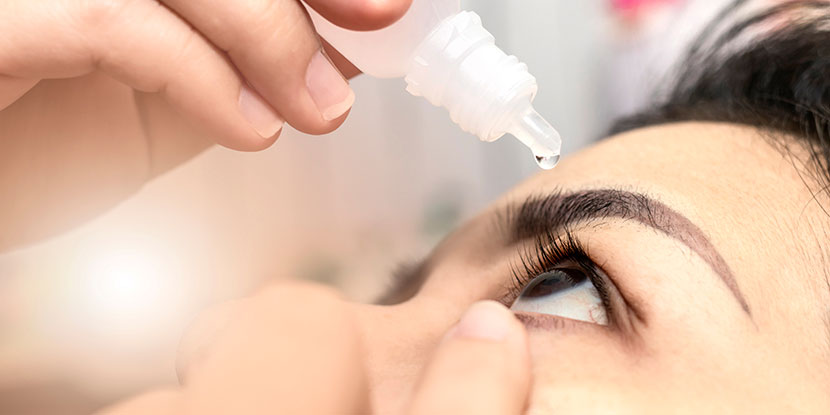Are you experiencing dry eyes or similar eye problems like Blepharitis and Chalazion? Wondering how to use and store the eye drop that you just purchased? Unlike swallowing pills and applying medicated lotion, storing and using eye drops need proper administration for them to work correctly. Many people feel hesitant and become edgy at the thought of something coming closer to their eyes.
They can’t help but blink or squint at the thought of a pointy-tipped eye dropper hovering over their delicate eyes! There are also people who have shaky hands or a bad sense of prediction about where the eye drops are going to land. It can definitely waste your precious eye drops. Hence it requires discipline and experience to administer eye drops accurately.
Moreover, eye drops are not cheap. If you struggle with dry eyes, you can use nulids. I know you are wondering if you could try this out, this new-age home treatment for dry eyes and blepharitis can keep your eyelids clean and enable better flow of your oil glands. The product is convenient to use and can also reduce material buildup on your eyelids. You can read more to find out about this new eye drop alternative on the above link.
Tips for using eye drops for maximum effectiveness
- Wash your hands: Make sure your hands are clean before administering eye drops to avoid the spread of external bacteria to your eyes. Your hands touch a lot of surfaces daily that might be contaminated with various types of germs and bacteria. Before transferring these bacteria and germs into your eyes, you should always wash your hands with warm water and soap and dry them with a clean towel.
- Pull the lower eyelid down: Pull your eyelids down to make the target zone bigger and to make sure that the drops hit the mark. This step will not require you to touch your eye, as any drops that will fall inside the pocket of your lower eyelid will reach their destination as soon as you stop pulling.
- Tilt your head back: Get gravity on your side! Keeping your head tilted back is an important part of the process while aiming drops for your eyes. Tilt the head back until you can see the ceiling above you and pick a spot to fix your gaze. When you fix your eyes on a specific point, it can keep your head at the correct angle and help you to focus. Try to focus on the silicon tip of the eye drop bottle while aiming against a ceiling.
- Don’t blink excessively: Close your eyes for about 30 to 40 seconds for proper absorption of the eye drops. The drop will not be absorbed if you blink excessively. You can place your index finger along the inner corner of the eye to close the tear ducts and prevent the drops from rolling out. It can enhance effectiveness and reduce side effects.
- Don’t rush: Pooling of excessive eye drop solutions can be bad for your eyes. If the prescription says for a single drop, there is no need to put more as it will roll out of the eye. Moreover, if multiple drops are prescribed, you can space it out evenly and wait for 5 to 10 minutes between each application. You should never overdose your eyes with eye drops as they can generate unwanted side effects.
- Ask your doctor: A single eye drop solution is not meant for every eye problem that you might be having! For instance, if you are having an eye infection an old steroid drop can instantly aggravate the infection and cause severe pain, irritation, itching, redness, or watering. Always ask your eye doctor before taking the self-medication route.
Tips for safely storing your eye drops
- Maintain an optimum temperature: To prevent spoilage, breaking of emulsions, crystallization of suspensions, denaturation of the active molecules, and excessive precipitation, it is important to store eye drop solutions at an optimum temperature. To maintain an optimum temperature, you can store it in a cool dry place like a clean bedside closet cabinet where the temperature is not above 75 degrees Fahrenheit or the door of a refrigerator.
- Check for contamination risks: There are many contamination risks once the eye drop bottle is opened for use- from accidental dropping to contamination from ambient air to contact with human hands. It can also get contaminated by dust particles containing bacterial and fungal spores if the eyedropper lid is kept open.
- Exposure to sunlight: Sunlight exposure can spoil the ingredients of an eye drop as different components react differently to harsh and direct sunlight.
Eye drops are helpful for a wide range of problems like glaucoma, dry eyes, and blepharitis. The art of administering eye drops can take a lot of practice and discipline. If the administration of eye drops is not done correctly it can cause discomfort and irritation. When it comes to understanding tips for storing and using eye drops, you can always ask the experts. They can guide you with more eye care tips and overall vision health guides to keep your precious eyes in their healthiest state.

